Environmental Engineering Reference
In-Depth Information
Table 9.3.
Base soil categories.
% finer than 0.075 mm (after
Base soil category
regrading, where applicable)
Base soil description
1
85
Fine silts and clays
2A
35-85
Silty and clayey sands; sandy clays; and clay,
silt, sand, gravel mixes
4A
15-35
Silty and clayey sands and gravel
3
15
Sands and gravel
Table 9.4.
Filtering criteria for critical filters - maximum D
15F
.
Base soil category
Filtering criteria
1
9
D
85B
but not less than 0.2 mm (a)
2A
0.7 mm (b)
3
4
D
85B
of base soil after regrading
4A
(35
A/35
15) [(4
D
85B
)
0.7 mm]
0.7 mm A
% passing 0.075 mm
sieve after regrading (If 4
D
85B
is less than 0.7 mm, use 0.7 mm)
Note: (a)
0.5 mm for dispersive soils.
Dispersive soils are soils with pinhole classification D1 or D2, or Emerson class 1 or 2.
6D
85B
for dispersive soils. (b)
Table 9.5.
Permeability criteria.
Base soil category
Criteria
All categories
Minimum D
15F
4
D
15B
of the base soil before regrading, but not less than 0.1 mm
2% (or at most 5%) fines passing 0.075 mm sieve in the filter; fines non plastic
Table 9.6.
Other filter design criteria.
Design element
Criteria
To prevent
The width of the designed filter band should be such that the ratio of the maximum
gap-graded filters
diameter to the minimum diameter at any given percent passing value
60% is
5
Filter band limits
Coarse and fine limits of a filter band should each have a coefficient of uniformity
of 6 or less
the maximum and minimum D
15F
sizes for the filter band determined in Steps 5 and 6 so
that the ratio is 5 or less at any given percentage passing of 60 or less and adjust the limits
of the design filter band so that the coarse and fine sides have a coefficient of uniformity
D
60
/D
10
of 6 or less. Criteria are summarized in Table 9.6. This step is required to avoid the
use of gap-graded filters. The use of a broad range of particle sizes to specify a filter grada-
tion could result in allowing the use of gap-graded materials. Materials that have a broad
range of particle sizes may also be susceptible to segregation during placement.
Step 8
: To minimize segregation during construction, use a maximum size of 75 mm in
filter zones which are not less than 2 m wide or 0.5 m thick. For narrower and thinner fil-
ter zones (particularly Zone 2A filters) use a maximum size of 37 mm or 50 mm. Consider
the relationship between the maximum D
90
and the minimum D
10
of the filter. Calculate
a preliminary D
10F
size by dividing the minimum D
15F
by 1.2. (This factor of 1.2 is based












